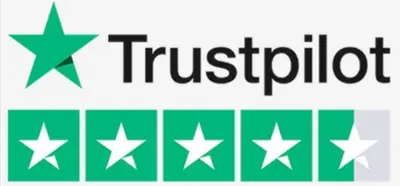Last updated on February 21st, 2025 at 05:42 pm

A mission years in the making, Boeing’s Starliner capsule has finally been launched together with its first astronauts into orbit on Wednesday, kicking off a high-stakes test flight to the International Space Station. The launch is a crucial milestone for the aerospace giant after a series of setbacks and delays in NASA’s commercial crew program.
The gumdrop-shaped Starliner lifted off atop a United Launch Alliance Atlas V rocket at 10:52 a.m. ET from Cape Canaveral Space Force Station in Florida. About 15 minutes later, the capsule successfully separated and achieved a stable orbit, setting the course for a docking with the orbiting lab on Thursday afternoon.
Onboard for the historic “crewed flight test” are veteran NASA astronauts Barry “Butch” Wilmore and Suni Williams. The duo will spend approximately one week aboard the ISS evaluating Starliner’s systems and performance while docked at the station.
“The third time was indeed the charm for this crucial test flight,” said NASA administrator Bill Nelson, referring to the two previous launch attempts scrubbed in recent months due to technical glitches.
In May, a stuck valve on the rocket forced a delay, while a separate computer issue days later prevented the mission from lifting off for a third try early last month. Boeing and NASA teams resolved both issues, clearing the way for Wednesday’s launch.
Starliner’s maiden crewed voyage follows more than three years of delays, mishaps, and billions in cost overruns for Boeing’s human spaceflight program. An uncrewed orbital test flight in 2019 failed to rendezvous with the space station due to software errors, while subsequent investigations uncovered other deficiencies in the capsule’s systems.
The setbacks allowed SpaceX to sprint ahead in NASA’s Commercial Crew initiative, which divided contracts between the two private companies to resume launching U.S. astronauts from American soil after the retirement of the space shuttle program in 2011.
While SpaceX’s Crew Dragon has already flown six operational crew rotation missions, Boeing’s Starliner aims to provide NASA with a second transportation option to the space station once certified for regular service by the agency.
“We’ve been waiting a long time to get to this point of having two crew transportation vehicles,” said Kathryn Lueders, NASA’s commercial crew manager. “Our Russian partners have really carried the load.”
If all goes well with the weeklong shakedown cruise, Boeing’s Starliner could be approved for crewed missions to the station as early as late 2024. The capsule ferried over 500 lbs of crew supplies and provisions aboard Wednesday’s launch.
For Boeing, successfully pulling off Starliner’s crewed test is critical to restoring confidence in its human spaceflight program and continuing as a NASA commercial partner. Another failure could jeopardize the future of Boeing’s multibillion-dollar investment into a spacecraft years behind schedule.


